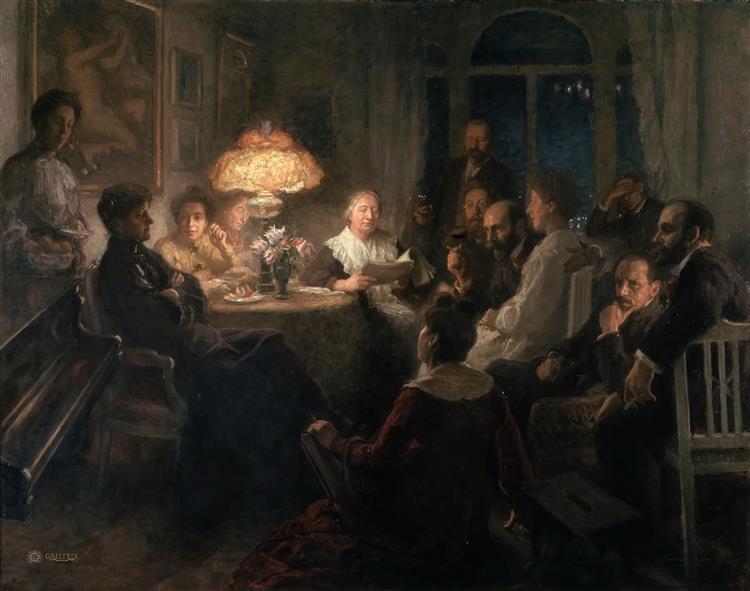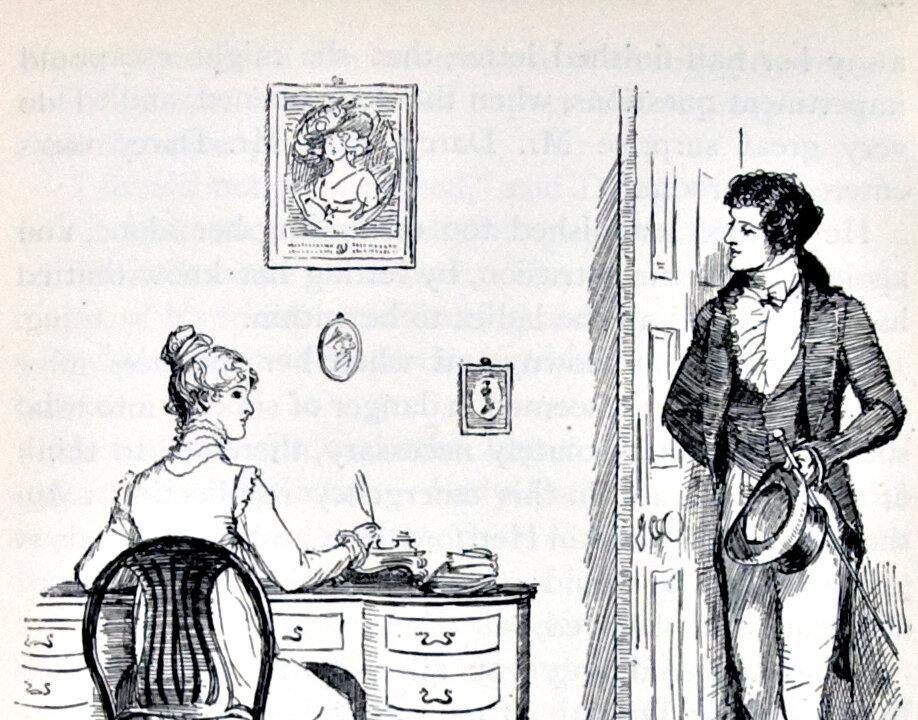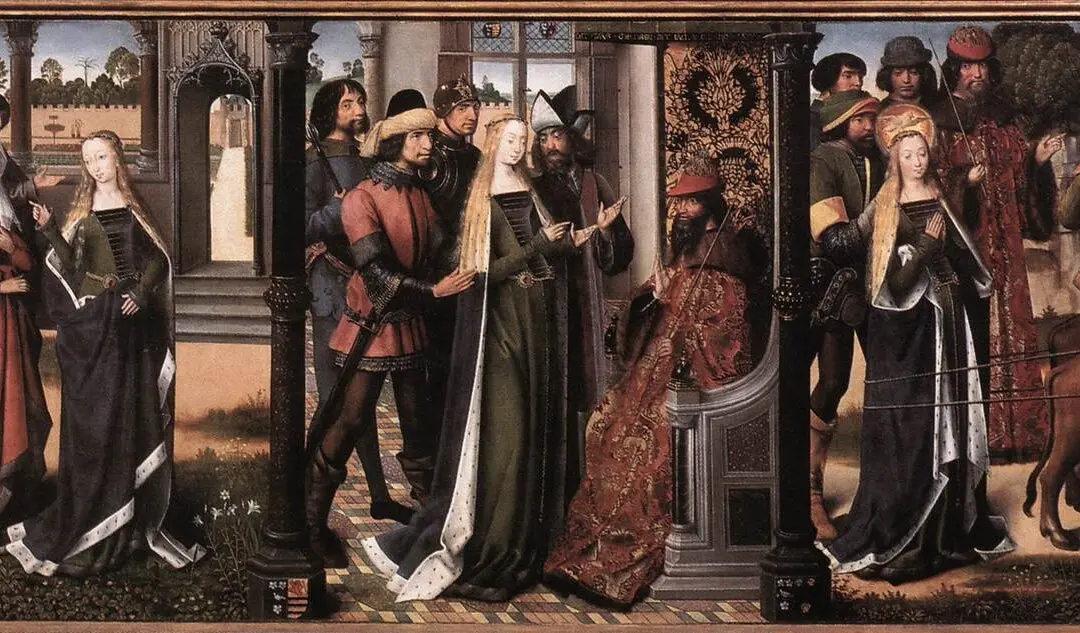Just as by taking away, lady, one puts into hard and alpine stone a figure that’s alive and that grows larger wherever the stone decreases, so too are any good deeds of the soul that still trembles concealed by the excess mass of its own flesh, which forms a husk that’s coarse and crude and hard. You alone can still take them out from within my outer shell, for I haven’t the will or strength within myself.
Few people immediately associate the name “Michelangelo” with poetry. Yet when one beholds the Pietà or the Sistine Chapel, it hardly comes as a surprise that the artist was poetically inclined. Indeed, the greatest surprise comes perhaps in Michelangelo’s ability to complete so many poetic and artistic works over the course of his life.“Poem 152” was written between 1538 and 1544. This was around the time when Michelangelo was completing his work on “The Last Judgment,” adding this to an impressive artistic résumé that already included the sculptures of the Pietà and David.





